GUEST BLOGGER JEANNE WALKER HARVEY
ABLAZE WITH COLOR – A Story of Painter Alma Thomas (HarperCollins, 2022) was chosen for the title of my picture book biography because Alma Thomas was passionate about color. As she said, “Through color, I have sought to concentrate on beauty and happiness…” Alma Thomas purposefully chose to use warm and cool colors in her paintings to elicit different moods and feelings. Your students can learn to do the same!
Warm colors vs. cool colors
Discuss with students that their eyes see different colors because a part of their eye (the retina) is sensitive to different wavelengths of light. Explain to students that colors are often grouped into two categories – warm colors and cool colors. Warm colors (red, orange and yellow) remind us of the sun and fire which may give us a sense of warmth and comfort. Cool colors (green, blue and purple) can be associated with the sky, water and nature and may give us a calm peaceful feeling.
Cool/warm color wheel
Materials
- Color wheel template and blank templates
- Crayons or markers or paint
Steps
- Lead a discussion of cool/warm colors. Point out that cool colors are on one side of the color wheel, and warm colors on the other side.
- Show the completed color wheel, and ask the students to complete their version with matching colors.
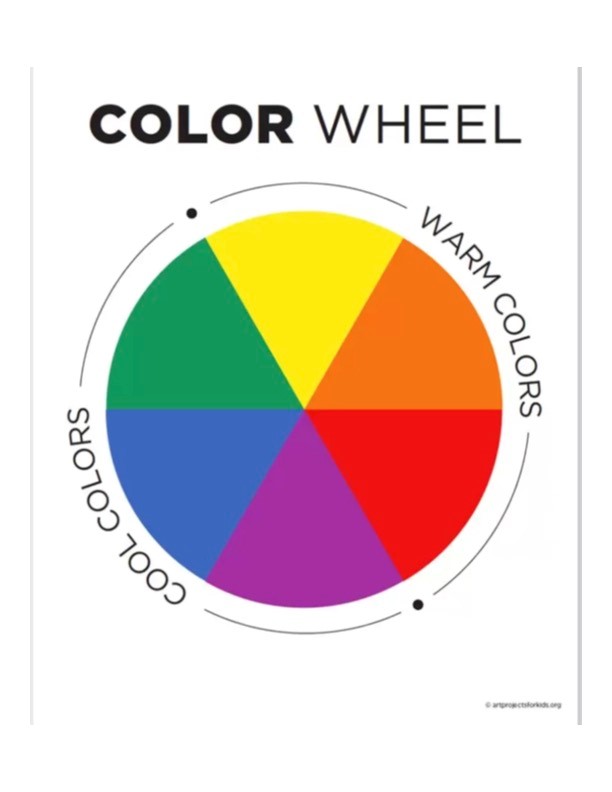
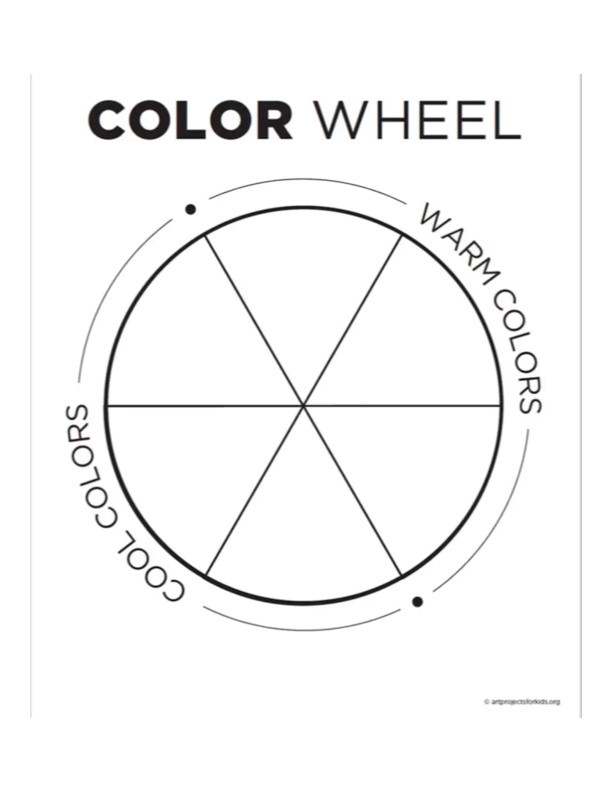
Paint chip activity
Materials
- PAINT CHIPS of warm and cool colors (often free from hardware/paint stores)
- TAPE
- WHITE BOARD with two labels: WARM COLORS and COOL COLORS
Steps
- Give one paint chip to each student.
- Lead a discussion of warm colors vs. cool colors.
- Ask students to say what they think of (or feel) when they see their paint chip color.
- On the board, designate one side for cool colors and one side for warm colors. Ask students to come to the board and tape their paint chip in each category.
Alma Thomas-inspired cool/warm circle painting
Materials
- BOOK: ABLAZE WITH COLOR – A Story of Painter Alma Thomas
- PAINT
- SPONGE SQUARES or BRUSHES
- WHITE PAPER
Steps
- Read ABLAZE WITH COLOR – A Story of Painter Alma Thomas. Emphasize the following lines from the book that show how painting with color was Alma Thomas’ way of expressing her feelings:
“She painted how she felt on the inside
when she experienced nature outside.
The wind.
The sunshine.
The flowers.
How nature made her heart sing and dance,
even when life could be hard and unjust.”
“In Alma’s piece,
yellow dashes twirl.
Circles upon circles swirl.
Orange
Red
Purple
Blue
A soft, quiet center,
a green of nature.
A painting of hope
and joy.
Ablaze with glorious color.
ALMA’S COLORS.”
From Ablaze with Color by Jeanne Walker Harvey, illustrations by Loveis Wise
- Show students examples of Alma Thomas’ paintings from the Smithsonian American Art Museum website:. The Eclipse is a good example of cool colors surrounded by warm colors.
- Ask students what emotions they would like to create in their paintings, such as how they feel when they are out in nature. Ask them to choose paint colors they feel match that feeling – warm colors or cool colors. For example, warm colors may feel more active and cool colors more calming. Or suggest they use a mixture of warm and cool colors.
- Begin by painting a circle somewhere on the page. The circle doesn’t need to be in the center. Alma Thomas’ paintings often were not centered.
- Using a sponge or brush dipped in one color, make dashes around the circle.
- Follow with dashes of other circles of color, making larger and larger circles.
- When the students are finished, ask them to think of a title to add to their paintings. Alma Thomas was inspired by nature and space. Many of her paintings have titles reflecting these topics, such as Tiptoe Through the Tulips, White Roses Sing and Sing, Starry Night and the Astronauts, and Blast Off.
- Ask students to sign their name (or initials as some artists do) on their artwork. And then hold a “gallery walk” and admire everyone’s creativity.
Featured image credit: Alma Thomas, Snoopy–Early Sun Display on Earth, 1970, acrylic on canvas, 49 7/8 x 48 1/8 in. (126.8 x 122.1 cm), Smithsonian American Art Museum, Gift of Vincent Melzac, 1976.140.1.
Jeanne Walker Harvey studied literature and psychology at Stanford University and has had many jobs, ranging from being a roller coaster ride operator to a high-tech attorney to a middle school teacher of Language Arts to a docent for school groups at the San Francisco Museum of Modern Art. She is the author of numerous award-winning picture books for young readers, primarily biographies of creative people. She lives in Sonoma, California, north of the Golden Gate Bridge, and her writing partner is her adopted cat.
She was inspired to write, ABLAZE WITH COLOR – A Story of Painter Alma Thomas (HarperCollins) when she learned that Alma Thomas was the first Black woman to have a solo exhibit at the Whitney Museum in New York City and the first Black woman to have her work chosen for the permanent White House collection.
Learn more about Jeanne’s books or connect with her online at www.jeanneharvey.com or on Twitter and Instagram @JeanneWHarvey and Pinterest @JeanneWalkerHarvey.




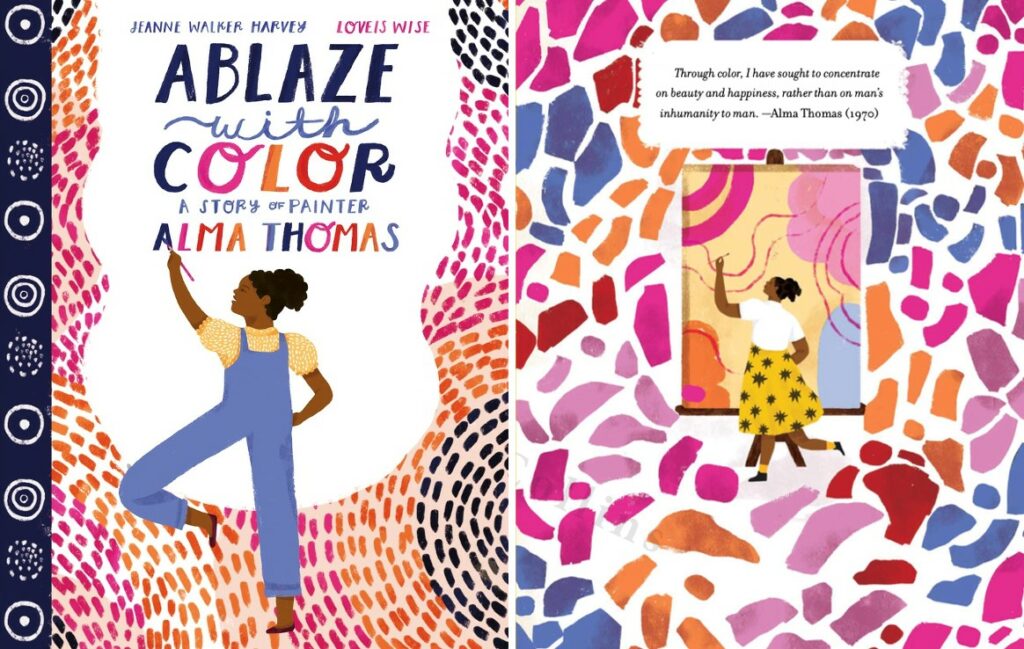
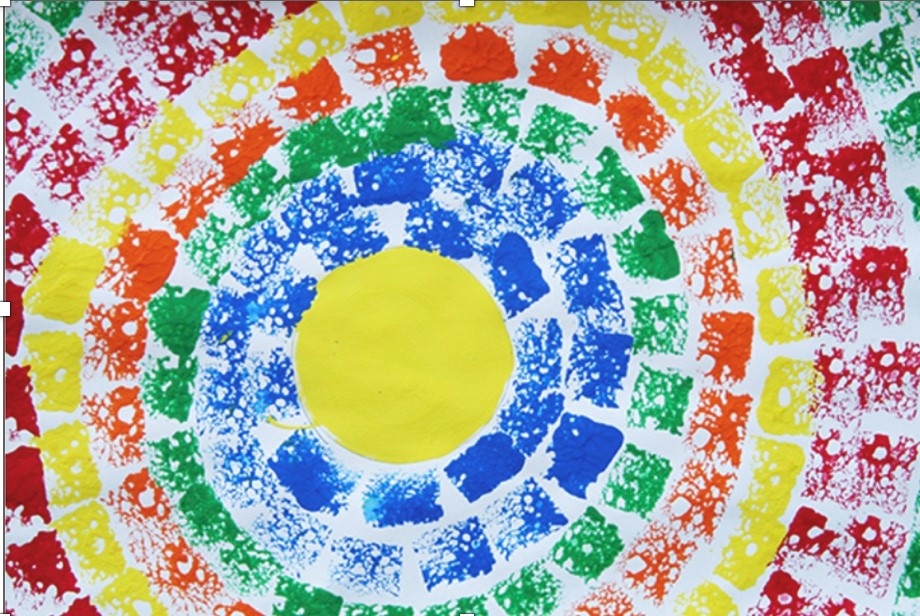


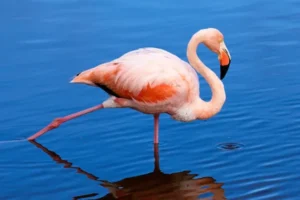
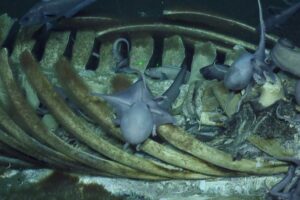


Leave a Reply
Your email is safe with me.